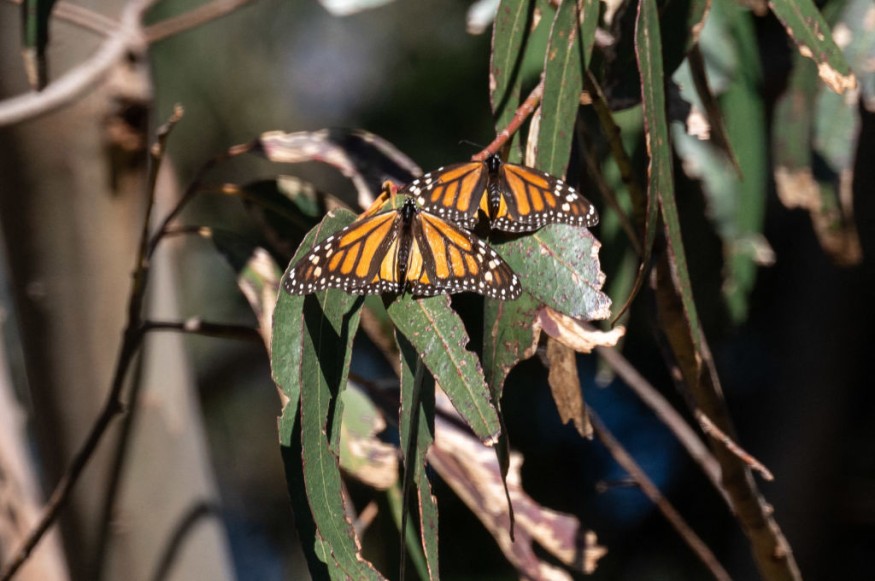Researchers raised concerns about the declining population of unique monarch butterflies, calling for urgent conservation efforts to save species.
From afar, the monarch butterflies (Danaus plexippus) can be easily recognized with colorful wings, with orange and black. The said species of butterfly is native to North America and is known to travel far distances, up to 2800 miles, to migrate.
Declining population of Monarch butterflies

In a study published in Conservation Letters, the International Union for Conservation of Nature classified the population of monarch butterflies as endangered.
The report explained that monarch butterflies suffered from a significant decline of 91% since 1996. As a result, continuous monitoring and conservation management are essential to prevent the brink of extinction.
However, climate change and global warming have impacted the monarch butterflies' migration and successful breeding.
When they breed, the said butterflies require abundant mountain forests. However, illegal logging, human-caused stressors and commercialization affect forests, migratory and breeding grounds.
According to researchers, the monarch butterflies near the Rocky Mountains declined by 81%.
In addition, the milkweed is essential for breeding butterflies, which is also affected by urbanization.
In the United States, the researchers explained the importance of protection efforts and listed the species for urgent conservation. Recognizing the species of monarch butterflies as endangered can help to protect them, especially their critical habitats.
Professor Damon Hall, the study's co-author, explained that monarch butterflies are vulnerable to stressors, noting the cultural importance of said butterflies.
Protecting the breeding areas and food sources is crucial to avoiding problematic consequences.
Also Read : Bee Cocoons Mummified in Portugal: New Fossils Lived During Pharaoh Reign 3000 Years Ago
More facts about the monarch butterflies
Reports showed that monarch butterflies can weigh up to less than half a gram.
They may appear small but are migration experts, traveling thousands of miles from the Northeast U.S. to parts of Mexico or Canada.
The IUCN added that extreme heat and drought conditions could affect the population of monarch butterflies. In addition, prolonged wildfires can disrupt their migration, making survival more challenging.
On the other hand, the U.S. Forest Service explained that the butterflies can be found in parts of North America, especially where milkweed is abundant.
The Midwest records the most number of monarch butterflies.
They can live up to six weeks, depending on the environment of threats of extreme weather events.
The butterflies have spots of scent glands that help them attract or find a potential female partner.
The female monarch butterflies can have up to 1000 eggs laying on milkweed. The eggs can hatch after three or five days.
Due to threats of habitat loss, immediate conservation efforts are essential, especially in the U.S. and Mexico.
Related Article : Antarctica's Emperor Penguins Suffer From Catastrophic Breeding Failure Due to Global Warming
For more similar stories, don't forget to follow Nature News.
© 2026 NatureWorldNews.com All rights reserved. Do not reproduce without permission.





